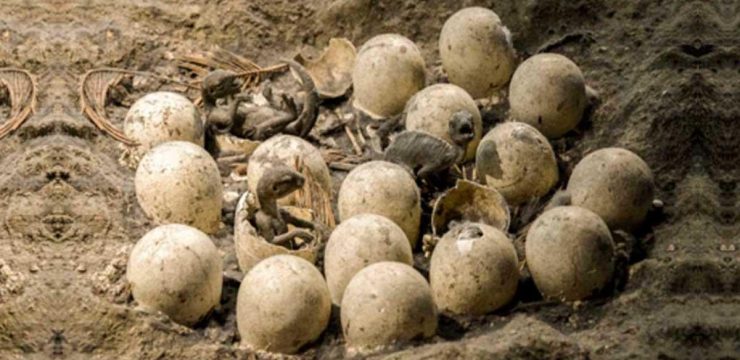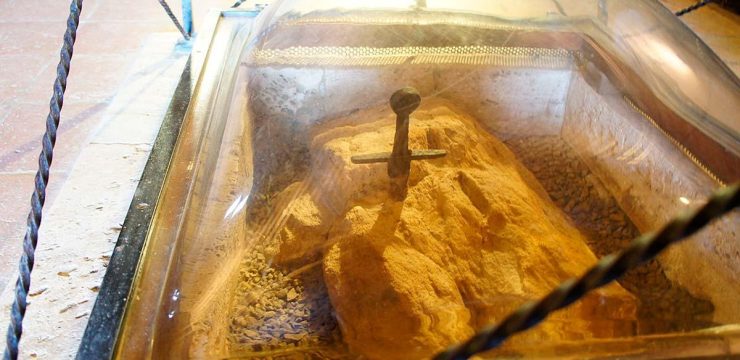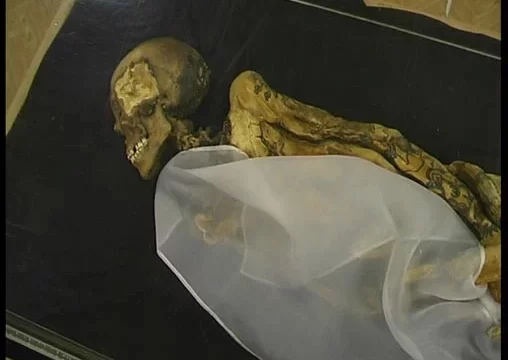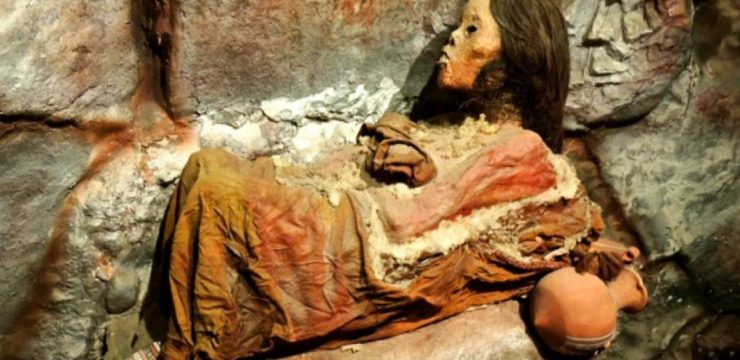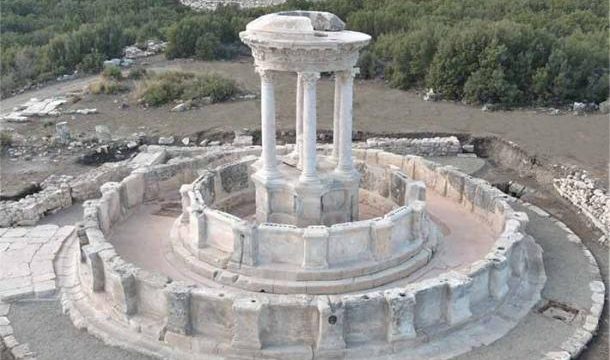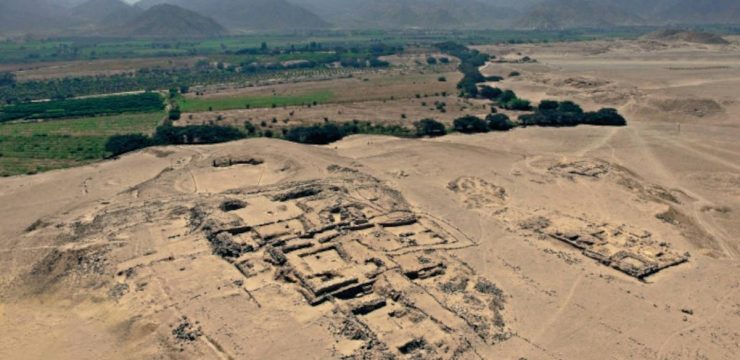Standing quietly in the serene countryside just west of Cardiff, the Tinkinswood burial chamber remains one of Britain’s most extraordinary prehistoric landmarks. With roots tracing back more than 6,000 years, this Neolithic monument serves as a powerful reminder of the rich and deeply spiritual life of ancient Welsh communities. At the heart of Tinkinswood lies one of the largest capstones in all of Europe—a staggering 40-ton slab of stone that covers a communal burial chamber. This awe-inspiring feat of prehistoric engineering has fascinated generations of archaeologists, historians, and curious travelers, offering a rare glimpse into the sophisticated world of Neolithic Britain.
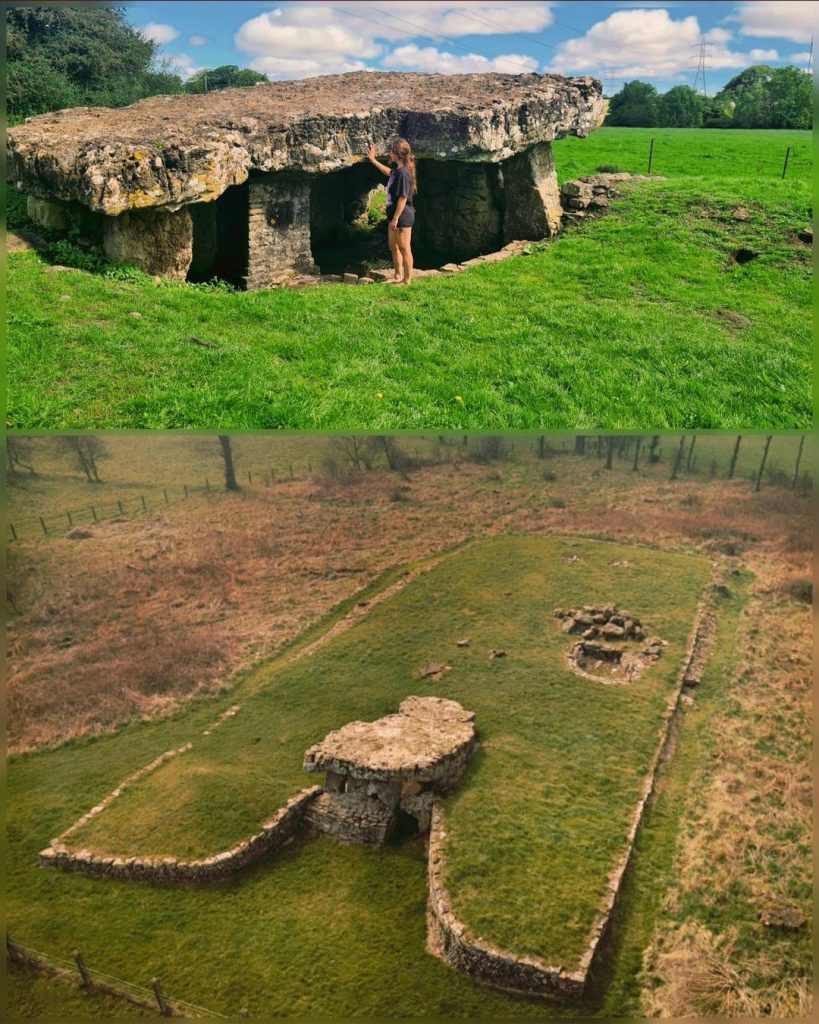
More than just an ancient tomb, Tinkinswood is believed to have served as a ceremonial and spiritual center for the people who lived in the region during the Stone Age. Archaeological evidence uncovered at the site, including fragments of pottery and finely crafted flint tools, suggests that it played a vital role in community rituals beyond burial practices. These findings hint at a broader cultural function, possibly involving seasonal ceremonies or rites that aligned with significant celestial events, such as solstices. The positioning of the chamber and the alignment of its massive stones further support theories that the structure may have been used for tracking the movement of the sun or stars, underscoring the deep relationship early humans had with the natural world.
Adding to the intrigue surrounding Tinkinswood is the rich tapestry of folklore that has enveloped the site over the centuries. Local legends speak of mysterious energies and supernatural consequences for those who dare to spend the night there. In particular, a long-standing tale warns that anyone who sleeps at Tinkinswood on the eve of May Day may awaken either insane or blessed with the gift of poetic genius. These stories have been passed down through generations, capturing the imaginations of locals and visitors alike, and contributing to the site’s reputation as a place where the veil between the physical and spiritual worlds grows thin.
The technical skill and determination required to construct Tinkinswood are nothing short of astonishing. At a time when metal tools were not yet in use, the builders of this massive monument relied on ingenuity, manpower, and perhaps even a bit of luck to transport and position stones that weighed tens of tons. The capstone alone, estimated to weigh around 40 tons, was somehow lifted and carefully placed atop the chamber without the use of cranes or modern lifting devices. This achievement speaks volumes about the organizational abilities and engineering knowledge possessed by Neolithic communities in Wales. It’s a sobering reminder that, even without today’s advanced technology, early societies were capable of incredible feats when driven by collective effort and spiritual purpose.
Today, Tinkinswood is more than a relic of the past—it’s a living link between modern-day visitors and the people who walked the same land thousands of years ago. The site invites reflection, offering a peaceful space to contemplate the mysteries of human existence and the universal need to honor those who came before us. Standing beside the great stones, one can almost sense the echoes of ancient voices, the hushed prayers, and the ceremonial footsteps that once marked this sacred ground. The landscape itself seems to hold a memory, a quiet presence that whispers of the rituals and beliefs that once defined the lives of the Neolithic Welsh.
Visitors to Tinkinswood often leave with more than just photographs; they leave with a sense of connection to something older and greater than themselves. The site doesn’t just teach history—it embodies it. It challenges us to think about the values, fears, and hopes of those who built it. What compelled them to invest so much labor and care into this burial site? Was it reverence for the dead, devotion to nature’s rhythms, or perhaps a belief in a world beyond this one? These are the kinds of questions that linger in the mind long after one has left the grassy field surrounding the monument.
Unlike many ancient structures that have been heavily restored or reconstructed, Tinkinswood retains much of its original integrity. Its weathered stones and moss-covered surfaces remain largely untouched, preserving the authenticity of the experience for those who visit. This untouched quality only enhances its aura of mystery and sacredness. It’s not hard to see why the monument continues to attract scholars and spiritual seekers alike—each looking for insight into the lives and minds of our distant ancestors.
In the broader context of British prehistory, Tinkinswood stands as a vital piece of the puzzle. It helps fill in the narrative of how early societies organized their spiritual and communal lives, how they understood death, and how they sought to maintain a connection between the living and the dead. In doing so, it reminds us that many of the questions we grapple with today—about life’s meaning, the afterlife, and our place in the cosmos—are not new. They are, in fact, ancient and shared across cultures and millennia.
As more research is conducted and new technologies allow for deeper analysis, Tinkinswood will undoubtedly continue to yield insights into Neolithic life. But even without further discoveries, its presence alone is a source of wonder. It challenges us to reimagine what we think we know about the past and to approach history not as a list of dates and artifacts, but as a living story that continues to shape who we are.
In the end, Tinkinswood is more than just a collection of stones—it is a story carved in rock, a spiritual monument that speaks across the ages. It stands quietly, yet powerfully, inviting each visitor to pause, listen, and reflect. As one of Britain’s most captivating prehistoric sites, it remains a timeless bridge between the ancient world and the modern soul, calling us to remember, to question, and perhaps most importantly, to wonder.
